Easy Stuffed Flatbread (Bolani)
5.0
(5)
Your folders
Your folders
Prep Time: 15 minutes
Cook Time: 20 minutes
Total: 35 minutes
Servings: 8
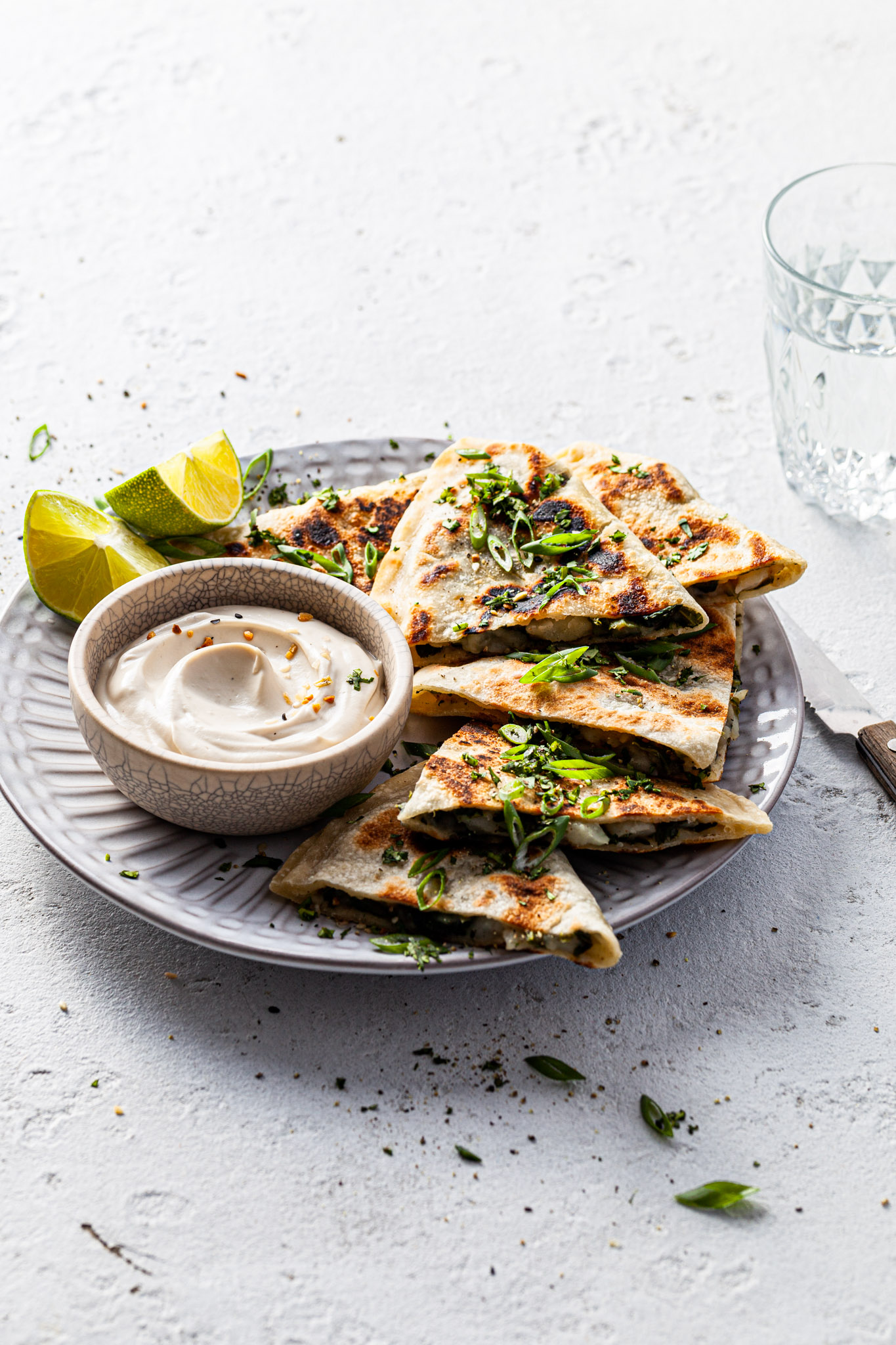
Ingredients
Export 8 ingredients for grocery delivery
Instructions
Step 1
In a medium sized bowl with a wooden spoon, or in the bowl of a stand mixer with a dough hook attachment, stir the flour and salt together. Pour in the water and oil. If doing by hand, mix with a spoon until it becomes difficult and then turn out onto a lightly floured work surface, and knead the dough for about 3 minutes, or until soft and elastic but not sticky or dry. If doing this in a stand-mixer, knead the dough for 3 minutes.
Step 2
Form the dough into a ball, place back into the bowl and cover for 30 minutes so it can relax at room temperature.
Step 3
Scrub and peel the potatoes. Chop into medium chunks and boil in water until they can be pierced with a fork, about 15-20 minutes. Drain well. OR, you can bake whole potatoes by scrubbing them, leaving the skins on, pricking with a pointed knife all over (to let the steam escape so the potato does not explode) and microwave until soft, about 10-15 minutes depending on your microwave and the size of your potatoes. Some microwaves have a potato preset which is useful. Once baked and cooled enough to handle, scoop out the insides and mash with a fork. OR, use 3 cups leftover mashed potatoes (warm or cold.)
Step 4
Place the cooked potatoes into a large bowl. Mash with a potato masher or a fork until each piece is broken up but the potatoes are not pureed. Some texture is nice. Add the spinach, green onions, cilantro, cumin, salt, and garam masala. Stir well to combine.
Step 5
Divide the dough evenly into 8 pieces. Shape each piece into a ball, dusting the work surface and your hands with a bit of flour if needed. Keep the dough covered as you roll each piece of dough, placing the ball back under the cover to keep them from drying out.
Step 6
Taking one ball at a time, place it on a lightly floured or oiled surface and roll it into an 8" (20 cm) circle. Spread ⅛ of the filling onto one half of the dough circle, leaving a ½” (1.3 cm) border around the edges. Using a large cookie scoop, which is about ⅓ cup, makes short work of dividing the filling equally. Any filling on the border will prevent the flatbread from sealing and your filling may come out.
Step 7
Brush the border with a bit of water on your fingertip to help secure a seal and fold the other side of the dough over the filling. Press firmly or pinch around the border to seal the flatbread closed, pressing out any air as you go.
Step 8
Repeat with the remaining dough balls and filling. I find it easiest to start cooking once the first two flatbreads are ready to fry, assembling the rest of the flatbreads as I cook the first ones.
Step 9
Heat a large skillet over medium heat (cast iron is great for flatbread). Add a teaspoon of oil, spread it around and when a drop of water dances in the pan, it is ready and you can add your flatbread. Depending on the size of your pan, you may be able to fit two in a time but do not overcrowd the pan or the flatbreads can weld together.
Step 10
Press the flatbread down with a spatula to ensure even cooking, then cover with a lid or baking sheet for 2 minutes, checking the bottom at 1 minute. If the flatbread burns within 1-2 minutes, your heat is too high. When ready, flip the flatbread over, press down again gently and put the lid back on, cooking for another 1-2 minutes. Add a bit more oil to the skillet before cooking each new flatbread.
Step 11
Place the flatbreads on a wire cooling rack as you continue cooking the rest. The wire rack will help prevent them from becoming soggy on the bottom. Alternatively, you can keep them in a warm oven on a baking sheet.
Step 12
Serve with your desired dip - chutney, vegan tzatziki, yogurt, sour cream, or guacamole are all great options but the flatbread is also delicious on its own. Makes a great accompaniment to curry or dal.
Top similar recipes
Curated for youYour folders

 623 views
623 viewsEasy Stuffed Flatbread (Aloo Parath...
biancazapatka.com
4.9
(16)
10 minutes
Your folders
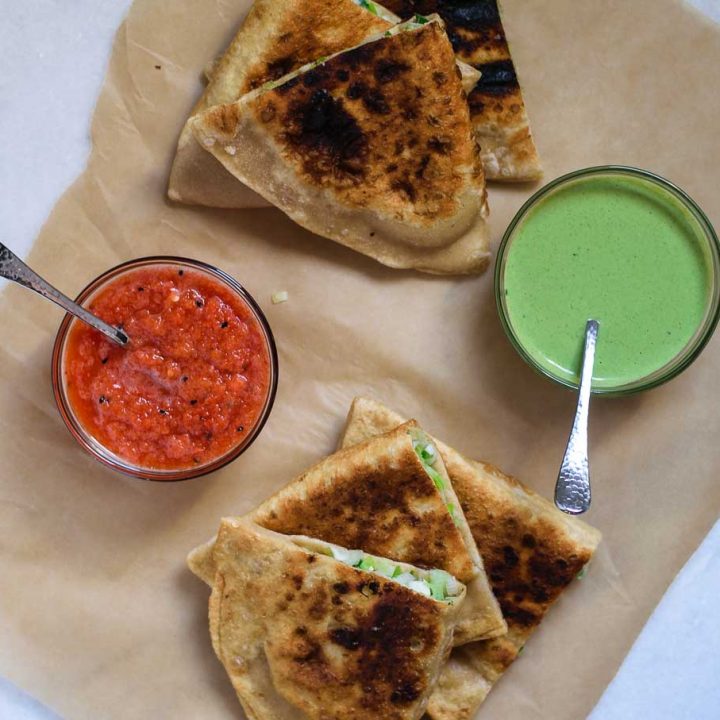
 188 views
188 viewsLeek Bolani
thecuriouschickpea.com
4.7
(6)
25 minutes
Your folders

 248 views
248 viewsCheese Stuffed Flatbread
tashasartisanfoods.com
5.0
(1)
5 minutes
Your folders
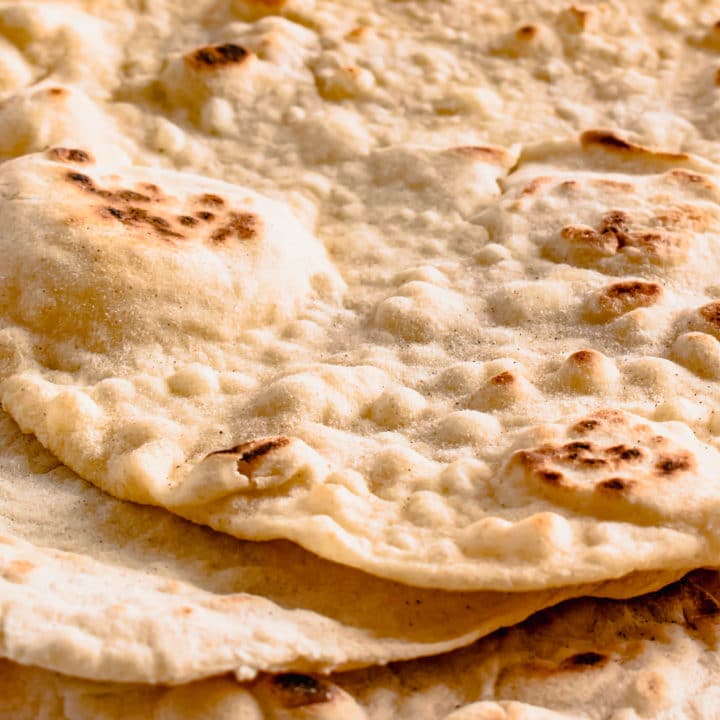
 12 views
12 viewsEasy Flatbread
hintofhelen.com
4.6
(61)
5 minutes
Your folders

 202 views
202 viewsAfghan Spinach Bolani
vforveggy.com
5.0
(6)
1 hours
Your folders

 130 views
130 viewsStuffed Flatbread Without Yeast
elavegan.com
5.0
(6)
15 minutes
Your folders
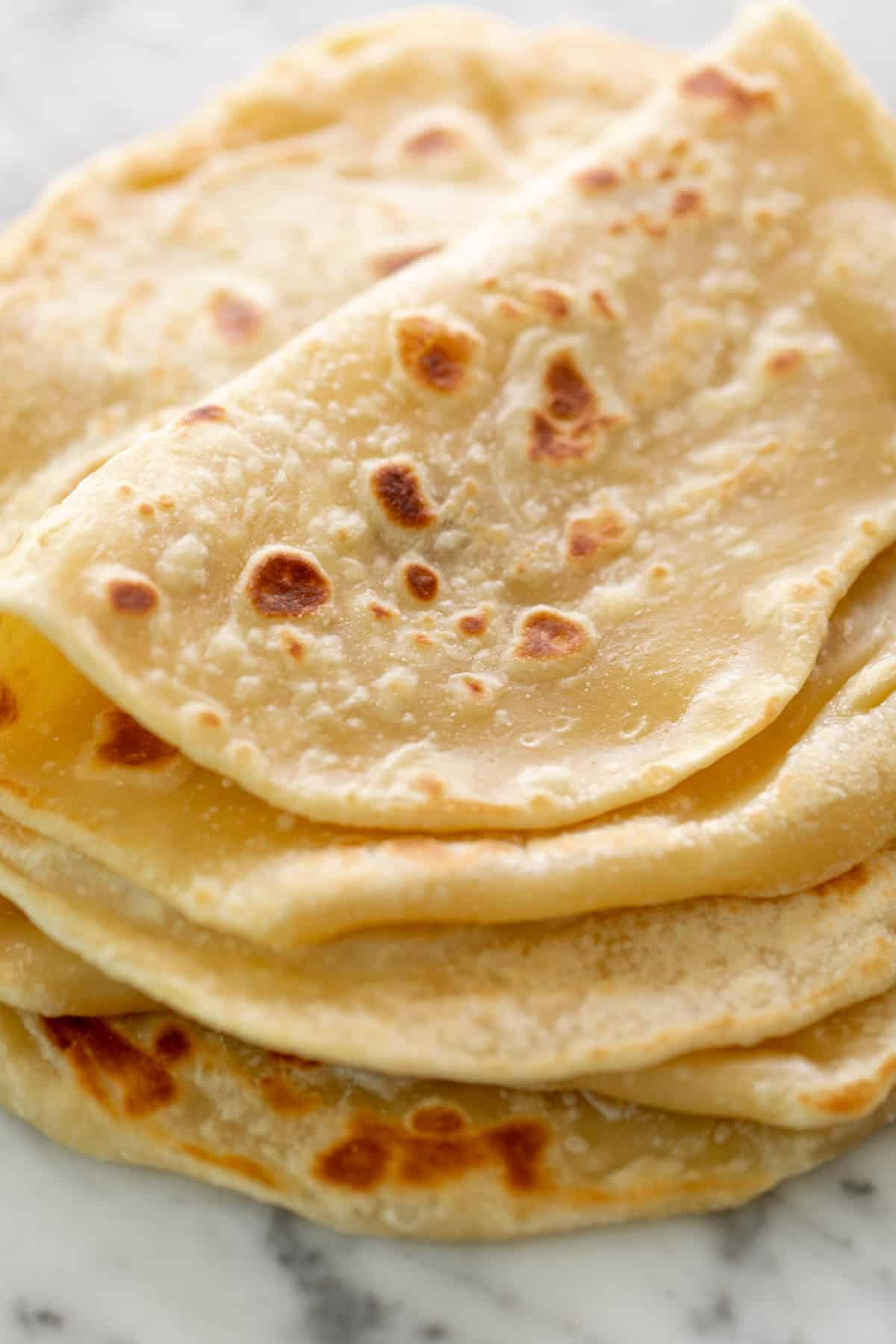
 515 views
515 viewsEasy Flatbread Recipe
cafedelites.com
5.0
(11)
15 minutes
Your folders
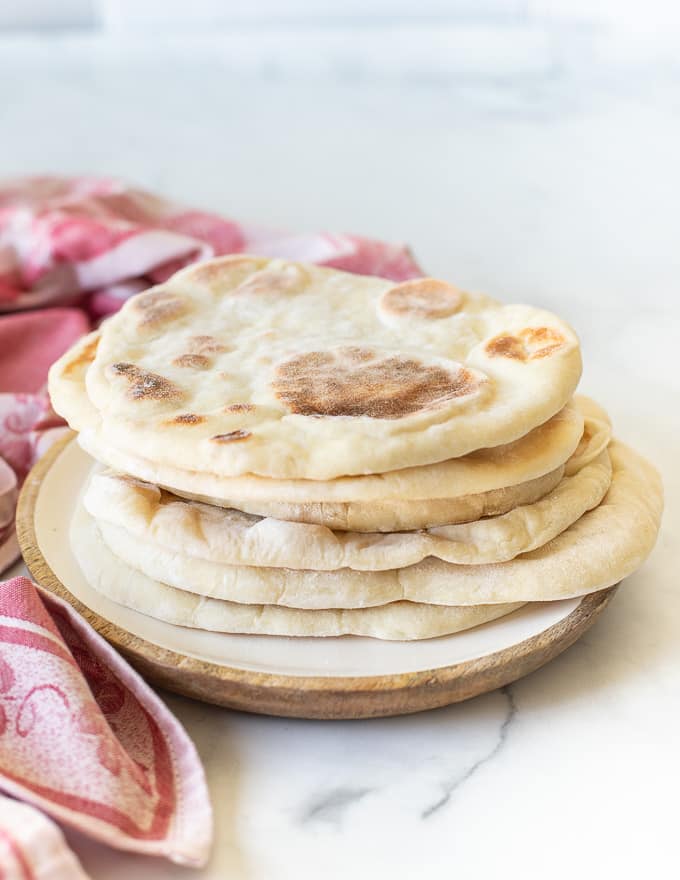
 238 views
238 viewsEasy Flatbread Recipe
avirtualvegan.com
5.0
(44)
18 minutes
Your folders
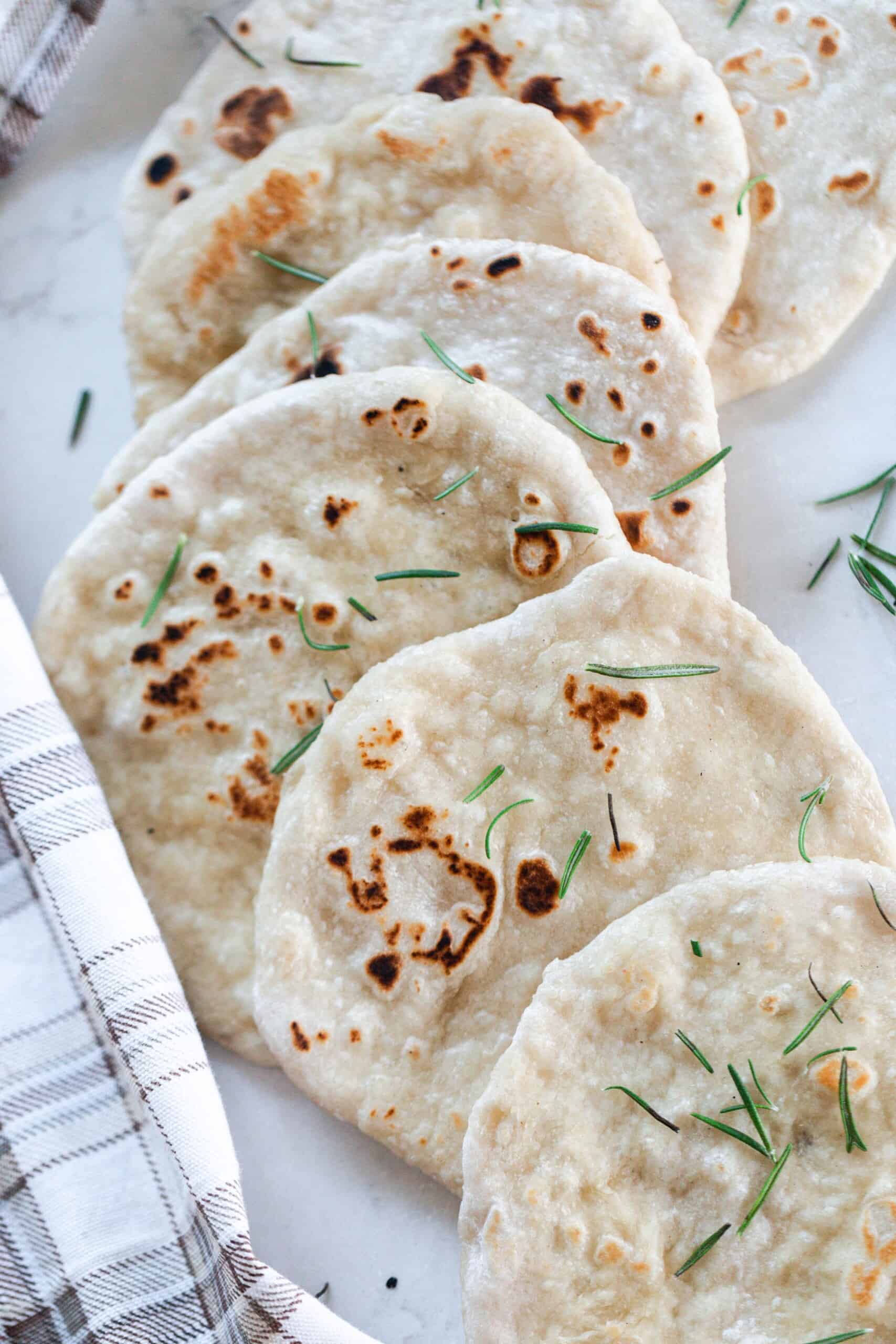
 276 views
276 viewsEasy Sourdough Flatbread
farmhouseonboone.com
4.5
(120)
10 minutes
Your folders
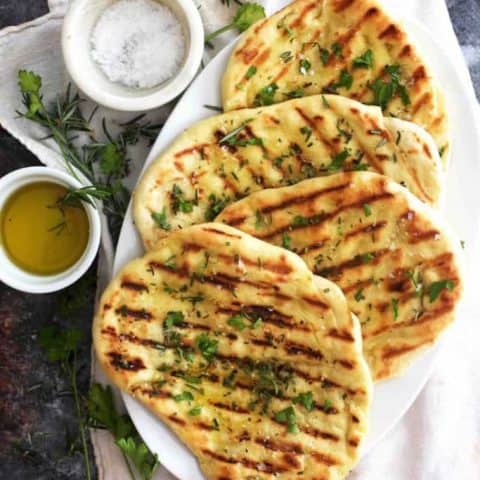
 118 views
118 viewsEasy Grilled Flatbread
thebakerchick.com
4.4
(110)
Your folders
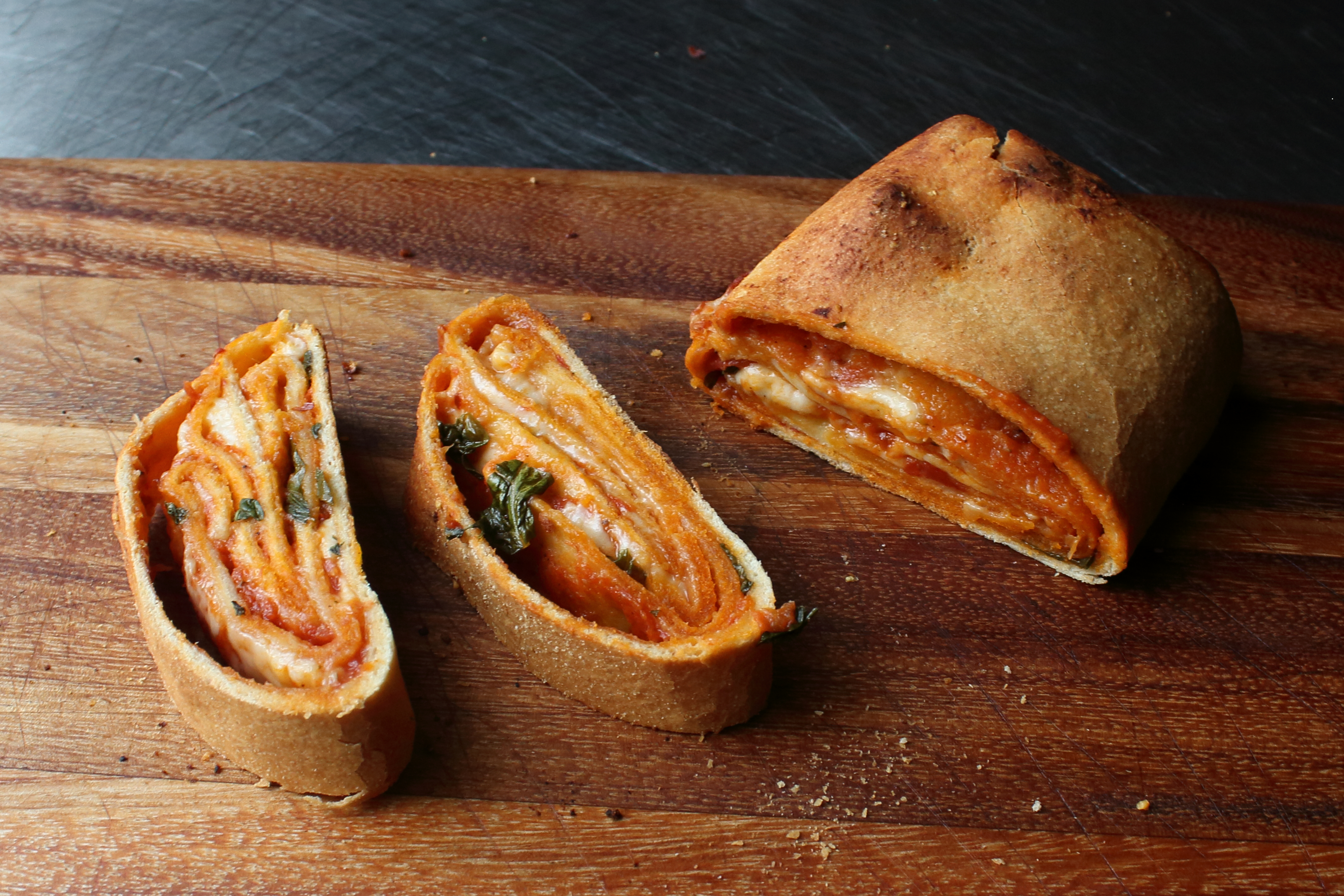
 194 views
194 viewsScacce Ragusane (Sicilian Stuffed F...
allrecipes.com
4.6
(8)
20 minutes
Your folders
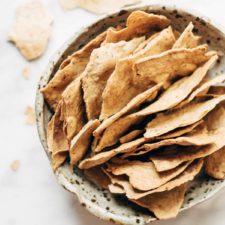
 892 views
892 viewsEasy Homemade Flatbread Crackers
pinchofyum.com
4.6
(33)
10 minutes
Your folders
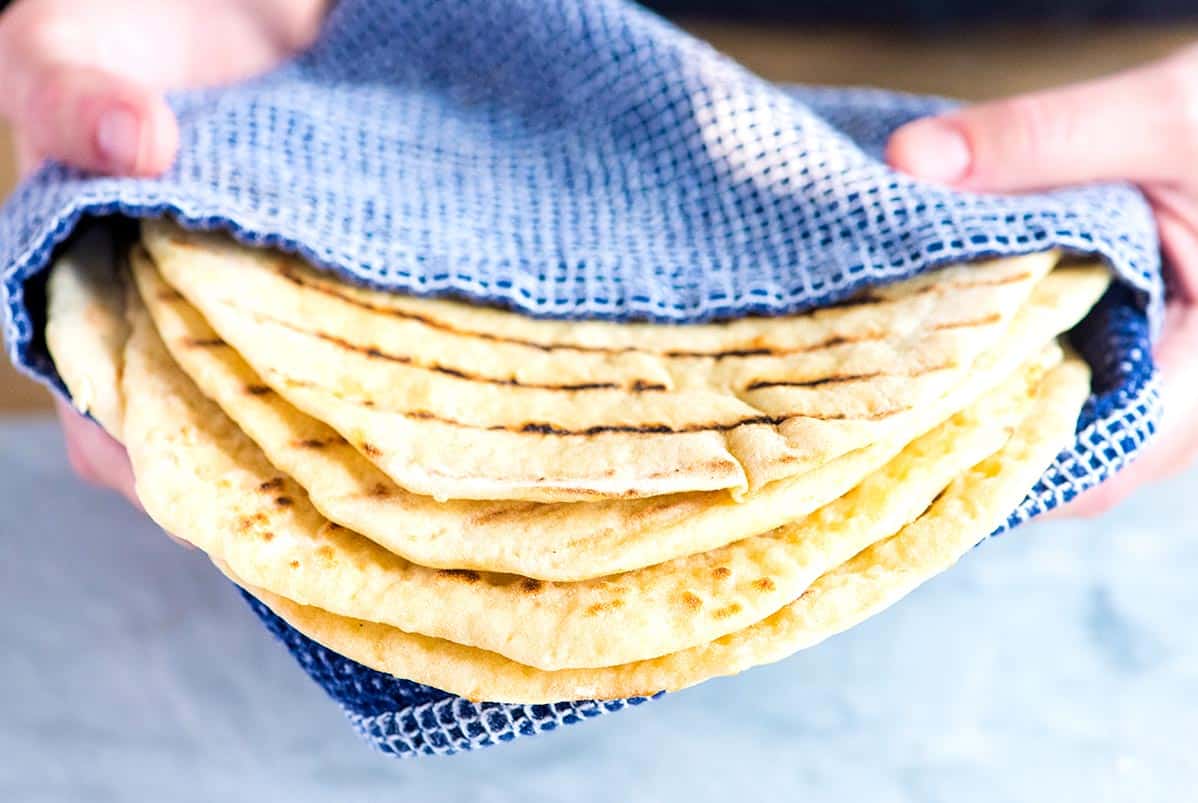
 436 views
436 viewsEasy Sesame Garlic Flatbread
inspiredtaste.net
5.0
(5)
20 minutes
Your folders
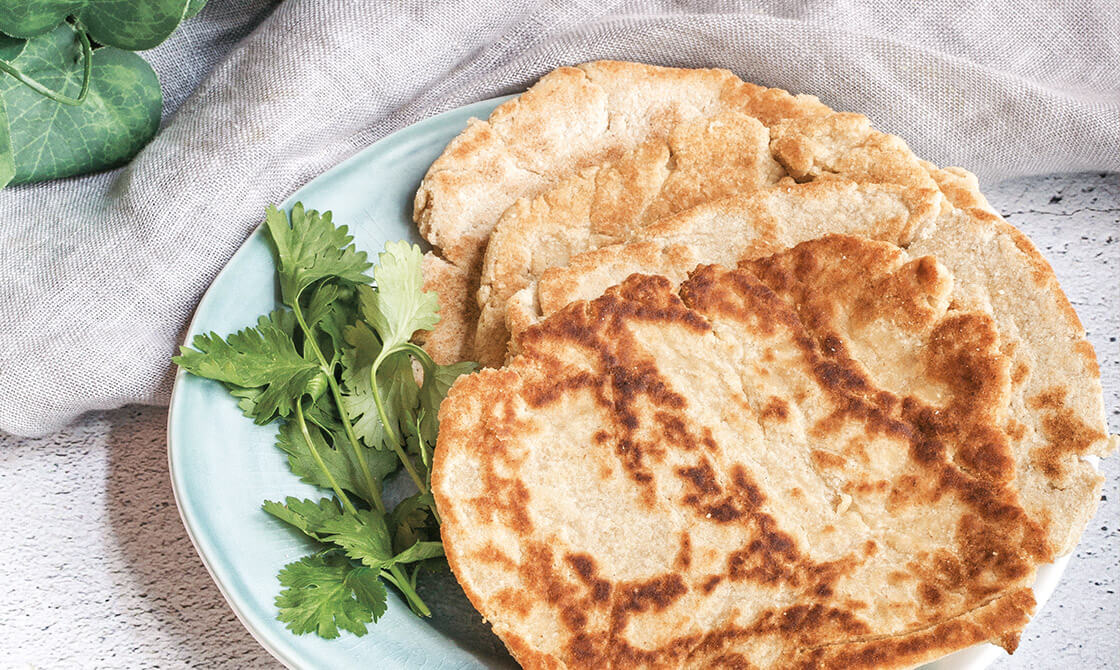
 203 views
203 viewsPerfect Easy Keto Flatbread
keto-mojo.com
3.3
(10)
Your folders
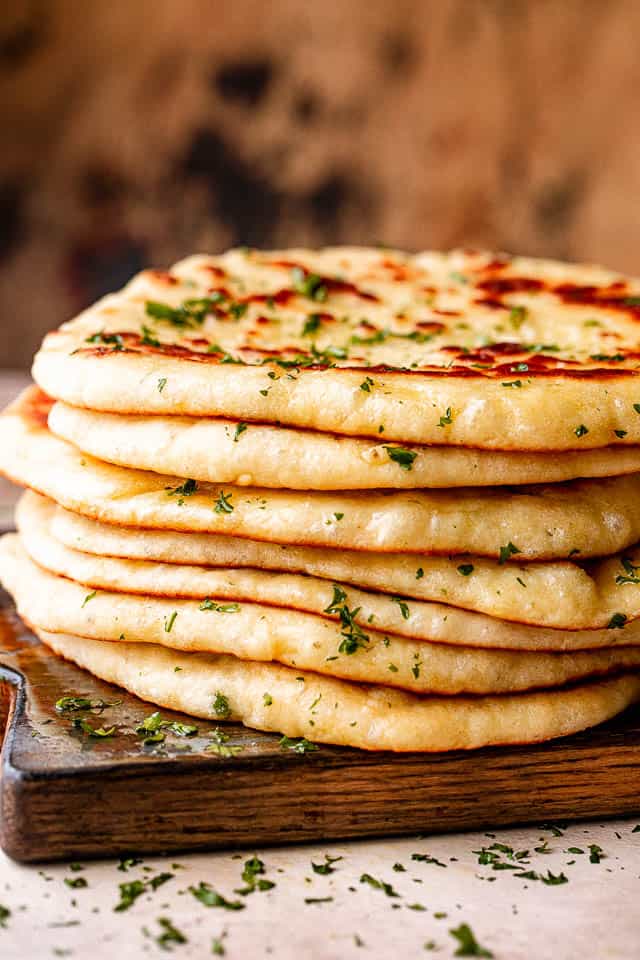
 537 views
537 viewsEasy Homemade Flatbread Recipe
easyweeknightrecipes.com
5.0
(12)
20 minutes
Your folders

 266 views
266 viewsPitta Ripiena Calabrese-Calabrese S...
savoringitaly.com
5.0
(8)
35 minutes
Your folders

 184 views
184 viewsStuffed Flatbread: Fill With Cheese...
alittleandalot.com
16 minutes
Your folders

 305 views
305 viewsAloo Paratha (Indian Potato Stuffed...
recipetineats.com
4.9
(39)
12 minutes
Your folders
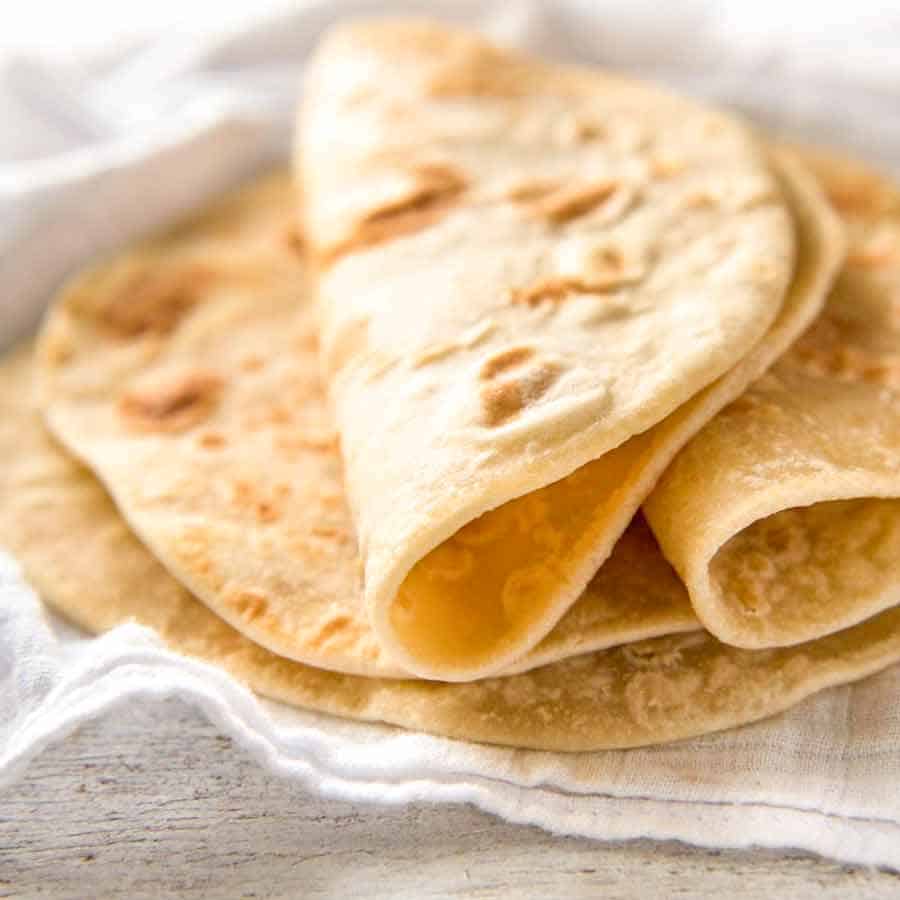
 831 views
831 viewsEasy Soft Flatbread (No Yeast)
recipetineats.com
5.0
(379)
10 minutes